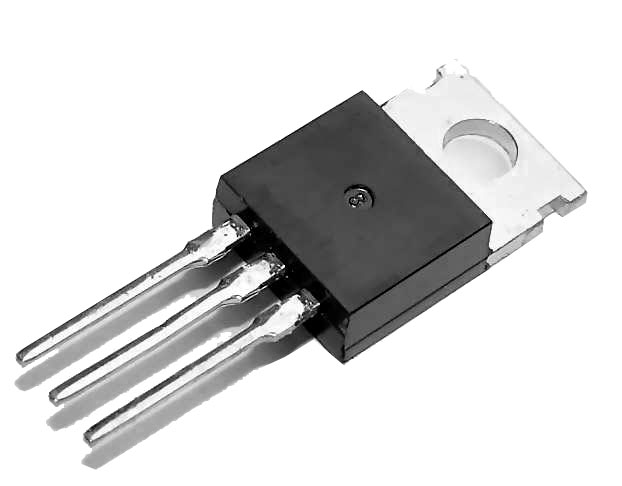Disruptive
technologies are those that interrupt the normal evolutionary path of a particular
technology. They may leap ahead in capabilities or provide a different trajectory
entirely. Dr. Thornburg uses the example of the transistor as a disruptive
technology that interrupted the evolutionary path of the vacuum tube (Laureate,
2014a). In this example the initial researchers discovered capabilities similar
to the vacuum tube while interacting with a particular element. These similar
capabilities without the fragile nature of the vacuum tube resulted in the
ultimate replacement of vacuum tube with transistors. It is worth mentioning
that vacuum tubes are still being used in some high end audio equipment and in
some guitar processors and amplifiers. However, these limited uses may soon
become obsolete as well as digital modeling increases in quality and becomes
more accepted in the industry.
As
a futurist or one who is studying emerging technologies it is important to look
for potential disruptive technological innovations. Some emerging technologies
that could ultimately become disruptive include Google Glass and Sixth Sense
technologies. Google Glass allows the user to interact with a device that is
worn similar to a pair of glasses without the actual lenses. There is a small
prisim in the upper range of view that allows the wearer to view an overlay of digital
content (Google Glass, n.d.). The wearer can interact with the content through
their smartphone or the touch pad on the side of the device. Sixth sense devices
are a combination of a small projector, camera, and other sensors that allow
the user to interact with real objects and the digital world simultaneously (TED
India, 2009). The user is able to interact using their hands and other objects
and have digital content projected onto real objects. Both of these
technologies have the potential to totally transform the way humans interact
with the digital world. At this point in their development there is not a
widely available stable device that is ready to be distributed to the masses.
However, the foundational technology is in place ready to evolve and totally
change the way we interact with computers. Even though the future of these
technologies is unclear and the current state is not one that threatens to
replace current technologies they are both worth watching.
Reference
Laureate Education (Producer). (2014a). David Thornburg:
Disruptive technologies [Video file]. Baltimore, MD: Author.
Google
Glass. (n.d.). Retrieved Janurary 23, 2016, from http://www.google.com/glass/start/
TED
India. (Producer). (2009). The thrilling
potential of SixthSense technology [Video file]. Retrieved June 7, 2014,
from http://www.ted.com/talks/pranav_mistry_the_thrilling_potential_of_sixthsense_technology.html


I find the Sixth Sense technologies to be an interesting innovation. The potential for supporting people with disabilities is phenomenal. I do though have to wonder what impact they would have on say the printing industry, which I know is already struggling in our digital age. If we can access the newspaper and related news content on any surface do we really need to print the newspaper or for that matter do we really need to print anything. NiYa
ReplyDeleteI do like the idea being able to use technology that is hands free. But, as with the glass I worry about privacy issues.
ReplyDelete